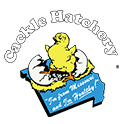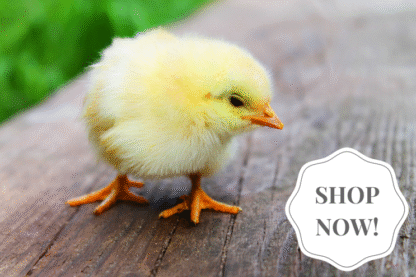These are the winners and runner ups of the 2022 Cackle Hatchery Photo Contest: Winning 2022 Photos: Poultry Show 2022 Runner Up Photos: Funny, Cute, Originality or Artistic 2022 Runner Up Photos: Best of Breed 2022 Runner Up Photos:
Continue ReadingTurkeys Make Good Pets
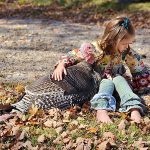
Turkeys are much bigger than chickens and therefore would seem to be unlikely as companion animals. Nonetheless, they are becoming ever more popular as outdoor pets. Here are some reasons why turkeys make good pets: Why Turkeys Make Good Pets A turkey makes a good pet for many of the same reasons a cat or […]
Continue ReadingPlanning a Road Trip to Missouri? Be Sure to Visit Cackle Hatchery!

No trip through Missouri would be complete without a visit to Cackle Hatchery®. The facility is not merely a mail-order poultry hatchery. It also operates a year-around poultry-only products store and museum, and sponsors a popular annual chicken festival. The best time of year for you to visit depends on your purpose and on the […]
Continue ReadingCackle Hatchery Chick Ship Dates and Store Pickup Dates

Baby chick ship dates and Cackle Hatchery® store pickup dates change with each calendar year. For this year’s ship dates, consult our Chick Season® calendar. Chick Ship Dates We hatch and ship baby chicks from February through September. To avoid weekend layovers at the post office, we ship on Mondays and Wednesdays. We make exceptions […]
Continue ReadingWhy Do Chickens Molt?
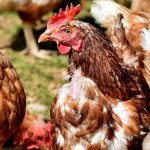
Finding lots of feathers in your chicken yard is a sign that your birds are molting and will soon develop healthy coats of fresh new plumage. This annual loss and renewal of feathers is perfectly normal and is not an indication of disease. So let’s examine the question of why do chickens molt? What is […]
Continue ReadingHow to Help Your Chickens Through a Molt
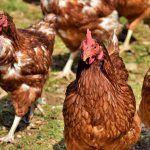
Molting is energy intensive. Chickens therefore don’t normally molt during times when they need dietary energy elsewhere. For example, in the spring roosters use energy for fertility and hens use energy for laying eggs and hatching chicks. In cold weather chickens need energy to keep warm. During a molt, nutrients that otherwise go toward such […]
Continue ReadingWhat Kind of Care Do Chickens Need in Winter?
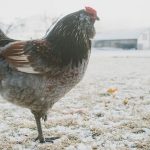
Cold winter weather brings a different set of issues for a flock of chickens, compared to warmer summer weather. So what kind of care do chickens need in winter? Control Humidity The most important thing you can do during cold weather is to make sure the coop isn’t high in humidity. Relative humidity is generally […]
Continue ReadingWhy Can’t Chickens Fly?

Who says chickens can’t fly? Some chickens fly really well. Others not so well, or not at all. So rather than ask “Why can’t chickens fly?” we should be asking “Why don’t chickens fly?” Wing Power The short answer is that chickens have small wings relative to their heavy bodies. Why that matters relates to […]
Continue ReadingHow to Sex Poultry — Chickens, Turkeys, Guineas, Ducks, Geese
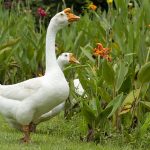
For some types of poultry, determining a bird’s gender is easy. Other times not so. Here’s a quick rundown on how to sex poultry, including chickens, turkeys, guinea fowl, ducks, and geese. Chickens Some baby chicks may be sexed at the time of hatch by differences in down color. Otherwise, the easiest way to sex […]
Continue ReadingWhat is a Purebred and What Is a Hybrid Chicken?
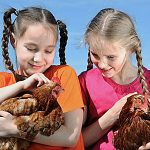
Defining the differences between a purebred and a hybrid chicken can be complicated. Some breeds are not purebred. But even a pure breed may have started out as a hybrid. What is a purebred chicken? Purebreds, also called straightbreds, will breed true. That means all the breeder roosters and hens have uniform bloodlines, and their […]
Continue Reading